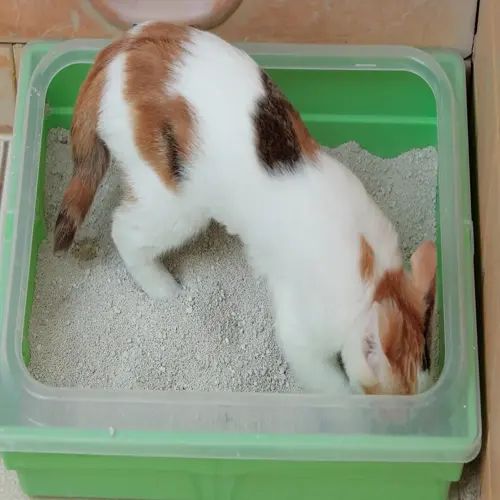Is sniffing allowed during leash training?

Written by
Victoria Hayes
Reviewed by
Prof. David Walsh, Ph.D.During leash training, controlled sniffing meets natural dog instincts while focusing their attention. They experience their world primarily through smell, so sniffing is important for mental enrichment. Strategic incorporation will prevent frustration and increase cooperation. The trick is to balance exploration with training goals.
Zoned Exploration
- Designate specific areas using cues like "go sniff"
- Use visual markers like park benches as boundaries
- Limit zones to 3-5 locations per walk
- Clearly signal when sniffing time ends
Reward Integration
- Grant sniffing after 2 minutes of loose-leash walking
- Use exploration as reinforcement for ignored distractions
- Gradually reduce duration as focus improves
- Pair with verbal praise like "good sniff"
Focus Preservation
- Set 30-second limits using timer cues
- Practice "leave it" transitions back to walking
- Increase difficulty by adding mild distractions nearby
- Reward immediate compliance after sniff breaks
The benefits of scent work go beyond just mental stimulation. Controlled sniffing can reduce heart rates faster than physical exercise alone. Confidence builds in anxious dogs through environmental mastery. Furthermore, by using strategic sniffing, dogs are less likely to pull toward interesting smells, as their curiosity has already been satisfied.
Use bridging signals to differentiate from sniffing to walking behaviors. For instance: "Let's go" at the moment of moving. Reward the dog with food or praise if it responds immediately. Use quick leash releases to mark tow different categories: sniffing and walking. These constants and changes will help the dog to clearly differentiate between work and play mode.
Don't fall into the trap of constantly stopping your dog to sniff, or conversely, not allowing any sniffing. Both extremes can cause frustration. A good rule of thumb is the 70-30 sniffing and walking ratio: 70% of the time focusing on you, 30% of the time letting him sniff. This will allow your dog to get his exercise while still allowing for progress in training.
Read the full article: 7 Proven Steps for Leash Training Dogs

